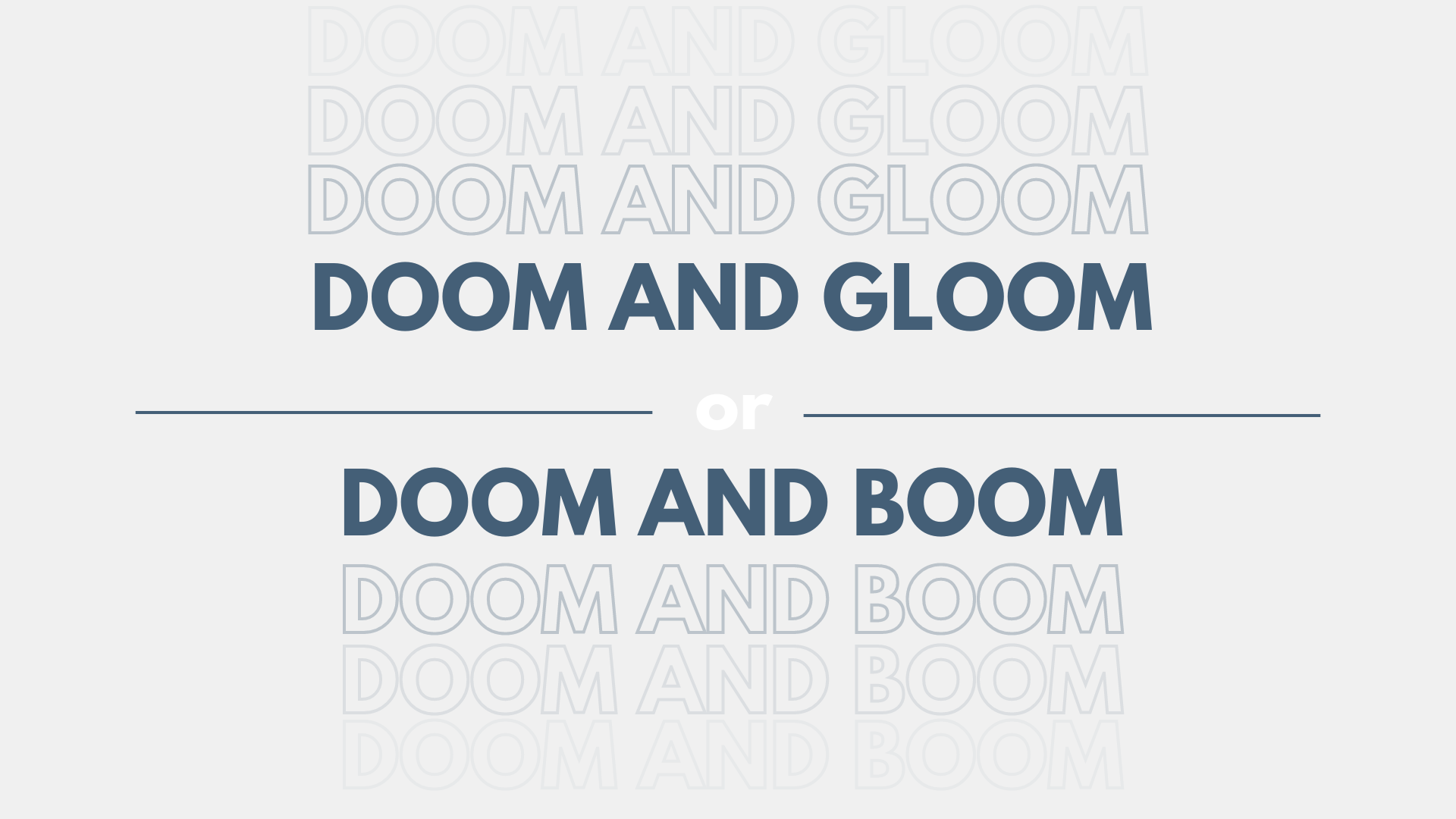Use vertical options to maximize your garden space.
With lot sizes shrinking and more people living in condos and apartments, every inch of space is at a premium. Vertical gardening is a way to maximize a small garden space or underused feature such as a wall, fence, or other gardening structure.
To utilize vertical outdoor space, plants can be grown up a trellis, arbor, or other structure, or allowed to trail out of a hanging basket or planter box. Displaying containers or pocket pouches on a fence or wall is another way to get more out of your growing space. Here are some basics considerations for vertical gardening, along with ideas for inspiration.

Types of Vertical Garden or Supports


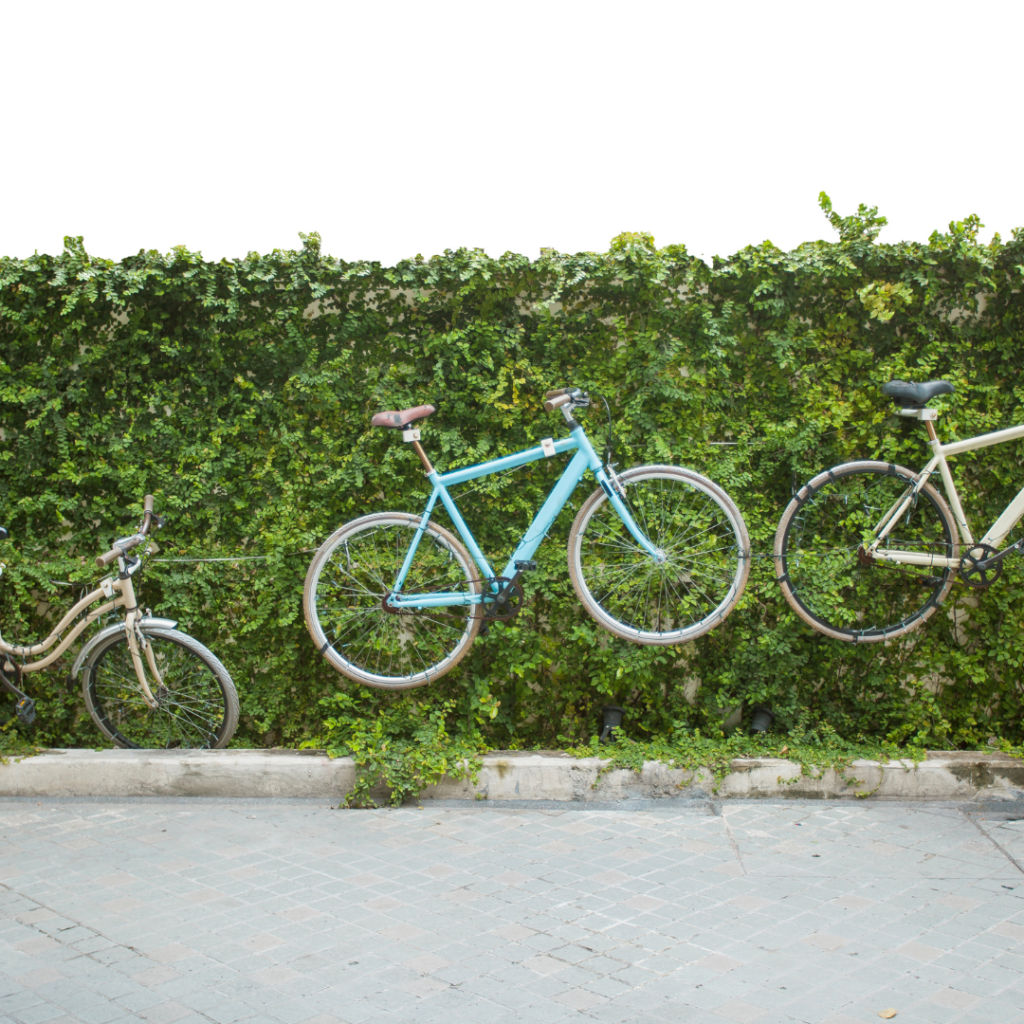
A vertical garden can be used to create privacy, establish boundaries, block out an unsightly view, or to cover an ugly wall or fence. Here are some of the most common types of vertical gardens or supports.
Arbor, trellis, or pergola: Use one or more of these structures to train perennial climbing roses, wisteria, clematis, or honeysuckle. Fast growing annual vines can be used as a quick screen. (See: 21 Best Flowering Vines)
Hanging baskets, planter boxes, and containers: Plants can be grown in hanging planters or baskets on a porch, patio, deck, or shepherd’s hook. Display planter boxes on a home, garden shed, or fence. Pots can be affixed to a fence, displayed on a shelf, or suspended in plant hangers.
Fence: Attach shelving, pouches, or other containers to a fence to grow small perennials, annuals, herbs, strawberries, and other edibles.
Wall: Any type of wall can be used to train vining plants. Some plants such as ivy can attach themselves to walls with aerial roots. Trees and shrubs can be espaliered, while other plants will need a trellis for support.
Living walls: More typically used in public or corporate settings, a permanent wall garden can also be used in a residential landscape. These vertical structures utilize a growth medium of soil, substrate, or hydroponics, and usually include built-in irrigation systems. Climbing or cascading plants are trained to cover the wall space for a lush display of vegetation.
Here are some things to keep in mind when designing and building a vertical garden.
Make it secure: Insure that walls, fencing, vertical planters, or other structures are sturdy enough to support the weight of containers and plants. Affix planting containers securely so they don’t become detached or fall.
Provide adequate support: Larger perennial vines such as wisteria and trumpet vine need a sturdy arbor or pergola to support the weight and vigorous growth. Smaller vines such as most clematis or annuals can be grown on smaller trellises.
Soil: Provide the right growing conditions for plants such as climbing roses or wisteria vine that are planted in the ground. For containers, use a high quality all-purpose potting soil. Some living wall systems are hydroponic, using no soil.
Water: Plants in the ground can be watered according to individual needs. Make sure containers have adequate drainage holes to prevent root rot. Potted plants dry out more quickly and will need more frequent watering or misting.
Fertilizer: Containers or pouches leach out nutrients more quickly due to frequent watering. Add a slow-release fertilizer at the time of planting and supplement with water-soluble fertilizer throughout the growing season.
Fertilizing needs vary according to the type of plant. Sedums, succulents, and ornamental grasses will need less fertilizer, while most warm-season annuals and edibles need more. For plants in the ground, fertilize according to individual requirements.
Pruning and maintenance: Perennial vines such as wisteria and trumpet vine need proper and regular pruning. Make sure this is something you have the time and expertise to do.


A vertical pocket planter in this small courtyard includes an eclectic mix of succulents, perennials, ferns, and ornamental grasses.
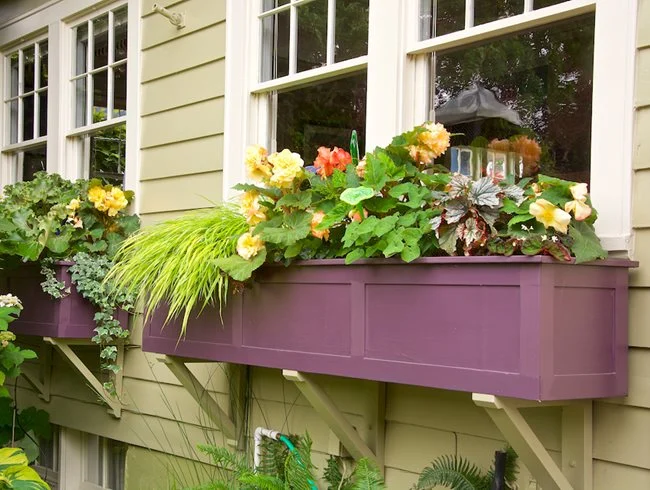
Brightly painted window boxes light up this semi-shaded front yard. Colorful begonias, Ivy, and Japanese forest grass comprise these shade-tolerant plantings.

Adorn indoor spaces with trailing houseplants displayed on a shelf, rack, stool or in a hanger. For plants such as monstera or pothos, train plants up a moss pole or trellis.
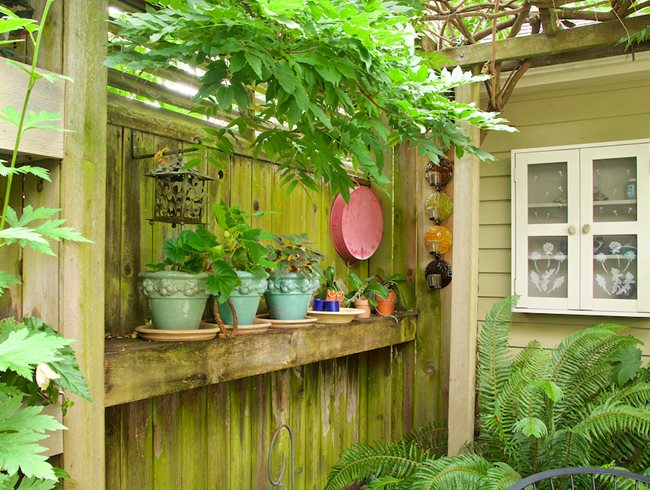
Decorative ceramic pots are displayed on a fence crossbeam that became a makeshift shelf.
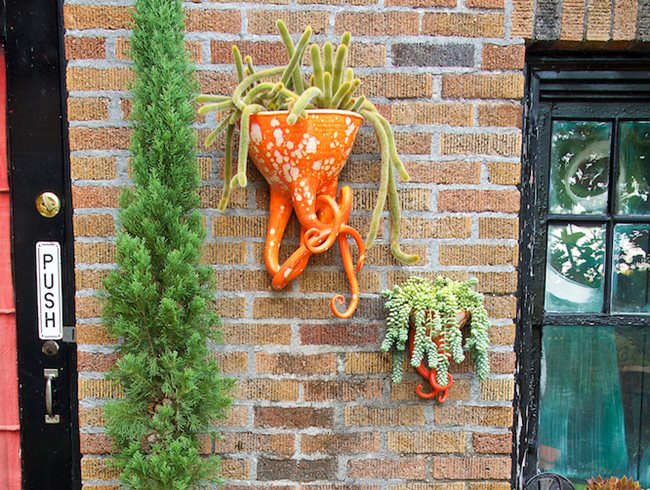
Whimsical octopus planters adorn the wall of this small courtyard. A tall pot planted with a columnar conifer provides additional vertical interest.


